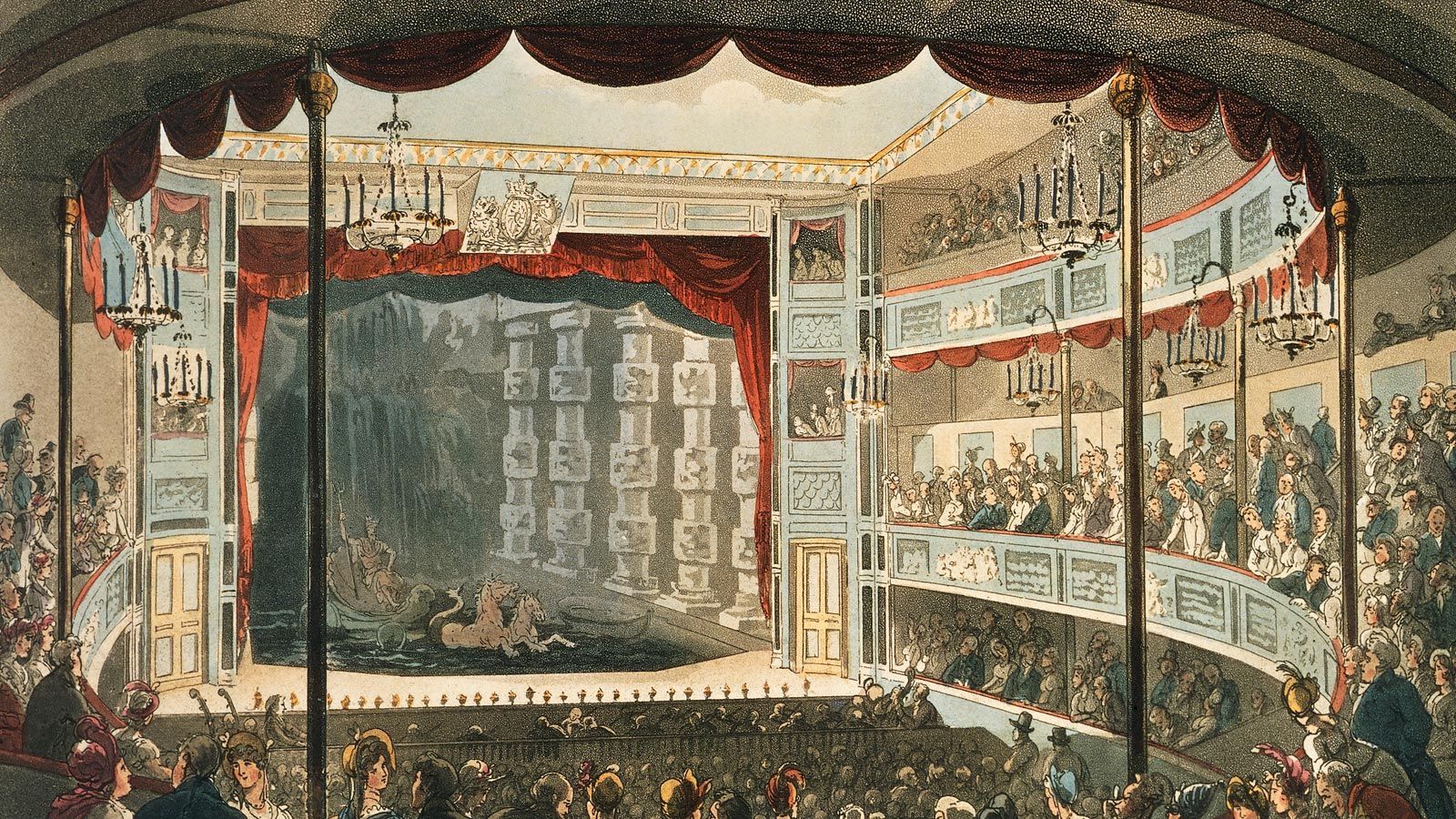Welcome to 19th Century, where we unravel the captivating stories of the past. In this article, we delve into the intricate world of 19th century stools. Discover the evolutionary design, artistry, and functionality of these unique furniture pieces that offer a glimpse into a bygone era. Join us on this fascinating journey through time.
The Evolution and Significance of Stools in the 19th Century
In the 19th century, stools underwent a significant evolution and held great significance in various aspects of society. Traditionally, stools were basic pieces of furniture consisting of a simple seat supported by legs. However, as the century progressed, craftsmen began to experiment with different materials and designs, resulting in the emergence of diverse stool styles.
One significant development was the introduction of upholstered stools. These stools featured cushioned seats that provided enhanced comfort and were adorned with decorative fabrics. Upholstered stools became popular additions to victorian parlors and drawing rooms, serving as both functional seating options and stylish accent pieces.
Another notable evolution was seen in stools used in industrial settings. As factories and workshops grew in importance during the Industrial Revolution, stools became essential for workers who needed portable seating. These stools were often made of sturdy wood or metal and had ergonomic designs to ensure long-lasting comfort during extended work hours.
Bar stools also gained prominence during this era with the rise of public drinking establishments. They were specifically designed to accommodate patrons at bars and taverns, featuring tall heights and footrests for convenience. Bar stools not only provided seating but also served as symbols of social gathering and leisure.
Moreover, stools played a significant role in domestic chores and activities. They were commonly used in kitchens and workshops for tasks such as cooking, sewing, and crafting. Small, portable stools allowed individuals to sit comfortably while performing these daily activities, improving efficiency and reducing fatigue.
In the realm of medical practice, stools became essential tools for physicians. In the early 19th century, doctors introduced the use of specialized examination stools to facilitate patient examinations. These stools were designed with adjustable heights, allowing doctors to position themselves at the most convenient level for conducting examinations or procedures.
Overall, the evolution of stools in the 19th century showcased the changing needs and values of society. From luxurious upholstered stools in elite parlors to functional industrial and medical stools, these humble pieces of furniture played diverse roles and reflected the intricate social, cultural, and technological transformations of the time.
19th Century Carved Walnut Foot Stool With Tapestry Seat
180 Year Old Footstool Upholstery
When was the first chair manufactured?
The first chair is believed to have been manufactured during the 19th century, although the exact origin and date are uncertain. Chairs in various forms have been used throughout history, but the introduction of mass production techniques during the Industrial Revolution allowed for the widespread manufacturing of chairs.
Prior to the 19th century, chairs were usually handmade and reserved for the wealthy and powerful. Craftsmen would create chairs using traditional methods, often using wood as the main material. These chairs were typically ornate and highly detailed, featuring intricate carvings and luxurious upholstery.
With the advent of industrialization in the 19th century, the manufacturing process of chairs underwent significant changes. Factories began producing chairs on a larger scale, utilizing machinery and assembly lines to streamline production. This led to increased availability and affordability of chairs for the general population.
During this time period, various styles and designs of chairs emerged, influenced by different artistic movements such as Neoclassicism and Gothic Revival. Chairs became more diverse in terms of materials used, with the inclusion of metals, plastics, and other innovative materials.
Overall, the manufacturing of chairs in the 19th century marked a significant shift from exclusive craftsmanship to mass production, allowing for greater accessibility and variety in seating furniture.
What defines a stool as a stool?
In the context of the 19th century, a stool can be defined as a seat or a piece of furniture with a flat top and no backrest or armrests. It is typically supported by three or four legs. Stools were commonly made of wood or metal, with varying designs and styles based on the period and region. They were used for various purposes, such as sitting or resting one’s feet, but were generally considered less formal and less luxurious compared to chairs or other seating furniture. Stools played an integral role in everyday life during the 19th century, serving as functional and practical seating options that were more affordable and versatile than other types of furniture.
What is the historical background of bar stools?
The historical background of bar stools in the 19th century can be traced back to the rise of taverns and saloons during this period. As the demand for these establishments grew, there was a need for seating arrangements that suited the purpose of socializing and drinking. Bar stools emerged as a solution to this demand.
During the 19th century, the industrial revolution brought significant advancements in technologies such as mass production and metalworking, which greatly influenced the design and production of furniture, including bar stools. These advancements allowed for the creation of durable, versatile, and easily adjustable seating options.
Bar stools in the 19th century typically had a simple design, often made from wood or metal. They were taller than regular chairs, allowing patrons to sit comfortably at high tables or counters. The seats were often round or square, and sometimes featured padding or upholstery for added comfort.
In addition to their functionality, bar stools also became a symbol of social status. In upscale establishments, bar stools were often crafted with ornate designs and luxurious materials to elevate the overall ambiance and attract wealthier clientele.
The popularity of bar stools continued to grow throughout the 19th century, thanks to the increase in urbanization and the expanding middle class. As cities expanded, more taverns and saloons opened, increasing the demand for bar seating. The design and materials used in bar stool production evolved over time, reflecting changes in fashion and tastes.
Today, bar stools remain a common sight in bars, restaurants, and homes around the world. While their design and materials have evolved, the roots of these iconic pieces of furniture can be traced back to the 19th century, when they first emerged as a response to the needs of the rapidly growing drinking culture of the time.
Frequently Asked Questions
How were stools manufactured and used in the 19th century?
In the 19th century, stools were commonly manufactured using a variety of techniques and materials. Wood was the primary material used, with craftsmen often hand-carving intricate designs to create ornate and decorative stools. Some stools were also made using metal, particularly cast iron or wrought iron, for added strength and durability.
The manufacturing process for wooden stools typically involved selecting a suitable wood, such as oak, walnut, or mahogany, and shaping it into the desired form using tools like saws, chisels, and planes. The legs and seat would be carefully carved and assembled, with mortise and tenon joints or dowels used to secure the pieces together. The stool would then be sanded and finished with varnish or paint to enhance its appearance and protect the wood.
Stools were used for a variety of purposes in the 19th century, both in domestic settings and in public spaces. In homes, they often served as portable seating options, easily moved around as needed. They were commonly found in kitchens, where they provided a convenient perch for cooking, eating, or working on chores. In workshops and factories, stools were used by artisans and workers for tasks that required sitting for extended periods. Stools were also used in bars, taverns, and other social gathering places, providing patrons with a place to sit while enjoying a drink or conversation.
Overall, stools in the 19th century were functional and practical pieces of furniture, but they also reflected the design aesthetics of the time. Their manufacture required skilled craftsmanship, and their use varied depending on the setting in which they were employed.
What materials were commonly used to make stools in the 19th century?
In the 19th century, stools were commonly made using various materials. Some of the most commonly used materials include wood, iron, and cane. Wood was favored for its durability and versatility. It could be carved or turned into intricate designs, making it a popular choice for high-end or decorative stools. Iron, on the other hand, was often used for more utilitarian purposes, such as in workshops or factories. It provided a sturdy and reliable base for stools that needed to withstand heavy use. Additionally, cane was frequently used as a seating material for stools. It was lightweight, flexible, and provided a comfortable surface to sit on. Stools made from cane were often found in more casual or relaxed settings.
What was the significance of stools in 19th-century homes and workplaces?
In the 19th century, stools held a significant place in both homes and workplaces. They were commonly used as seating options and offered practicality and versatility in various settings.
In homes, stools were often found in kitchens, where they provided a convenient and efficient seating option for tasks such as cooking, preparing food, or dining. Due to their compact size, stools could easily be moved around, allowing homeowners to maximize space and accommodate multiple people when needed.
In workplaces, stools were commonly used in industries such as factories, workshops, and even offices. They were primarily used by workers who needed to maintain a sitting or semi-standing position for prolonged periods while performing manual tasks. Stools provided support and comfort, reducing strain and fatigue that could result from standing for long hours.
Overall, stools played a crucial role in the 19th-century lifestyle by offering practical and functional seating options in both domestic and professional settings. Their versatility, portability, and ergonomic design made them a popular choice during this period.
The 19th century stool holds a significant place in the history and cultural context of the era. It reflects not only the evolving design and craftsmanship techniques of the time, but also the socio-economic changes and lifestyle trends that shaped society during this remarkable period. The ornate carvings, rich upholstery, and attention to detail seen in these stools exemplify the dedication and skill of the craftsmen who created them.
Furthermore, the versatility and functionality of 19th century stools make them objects of interest for collectors and historians alike. From serving as seating options in parlors and drawing rooms to being used as footrests or steps, these stools were essential components of domestic life in the 19th century.
Today, these beautiful relics continue to fascinate us, serving as reminders of a bygone era and connecting us to the past. Whether showcased in museums or cherished in private collections, 19th century stools provide us with a tangible link to a time period marked by innovation, change, and artistic expression.
The 19th century stool encapsulates the essence of an era characterized by elegance, craftsmanship, and societal shifts. Its significance lies not only in its aesthetic appeal but also in its representation of the cultural and historical developments that unfolded during the 19th century. As we continue to appreciate and study these stools, we gain a deeper understanding of the rich tapestry that was the 19th century.






